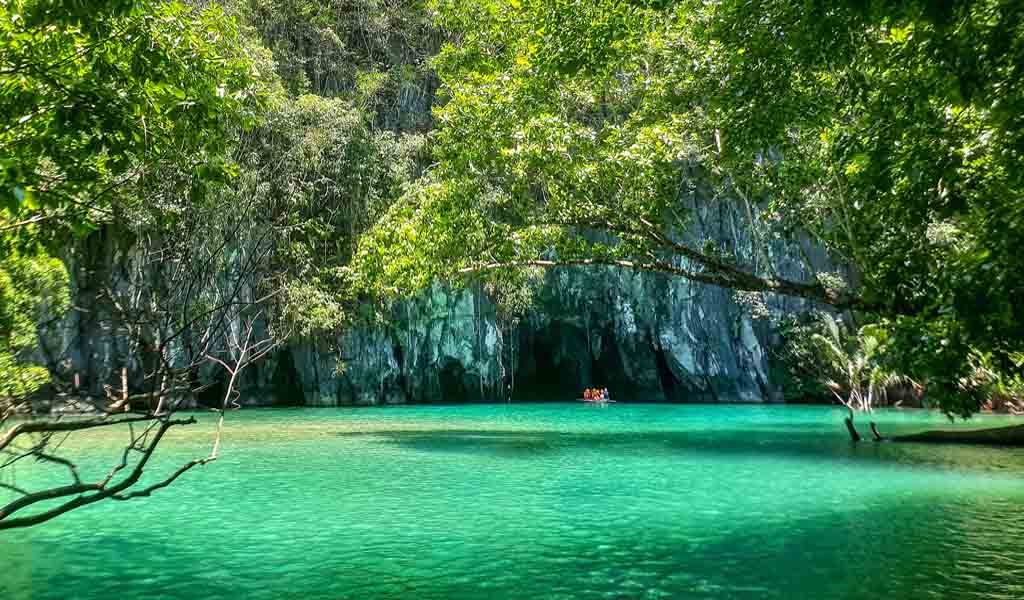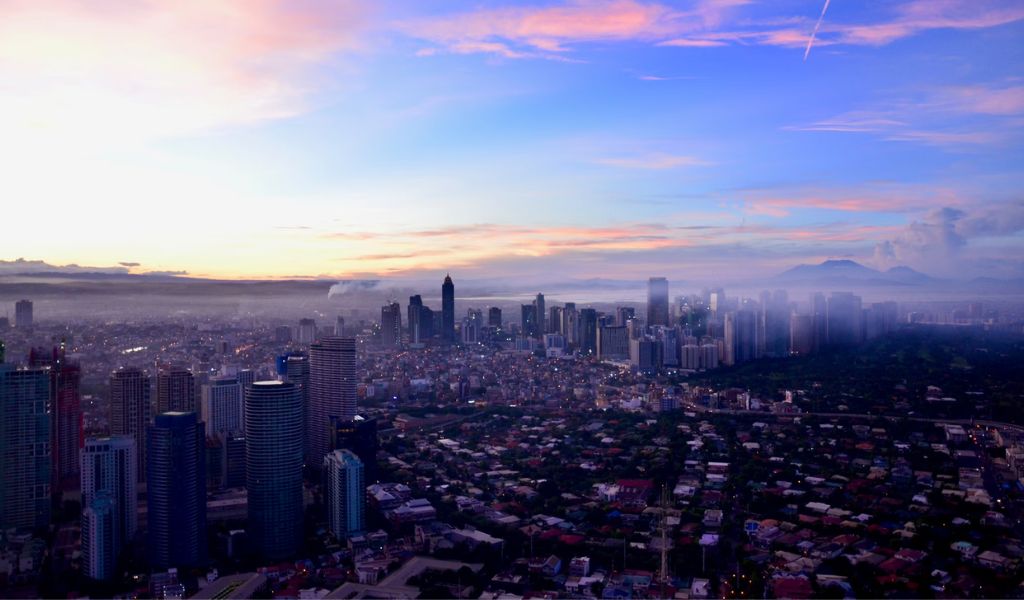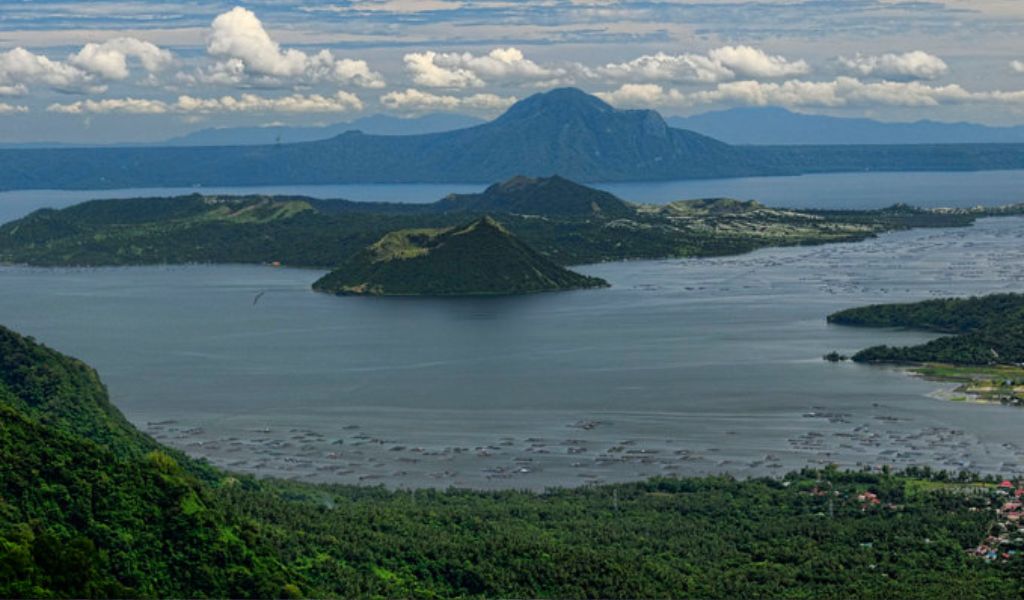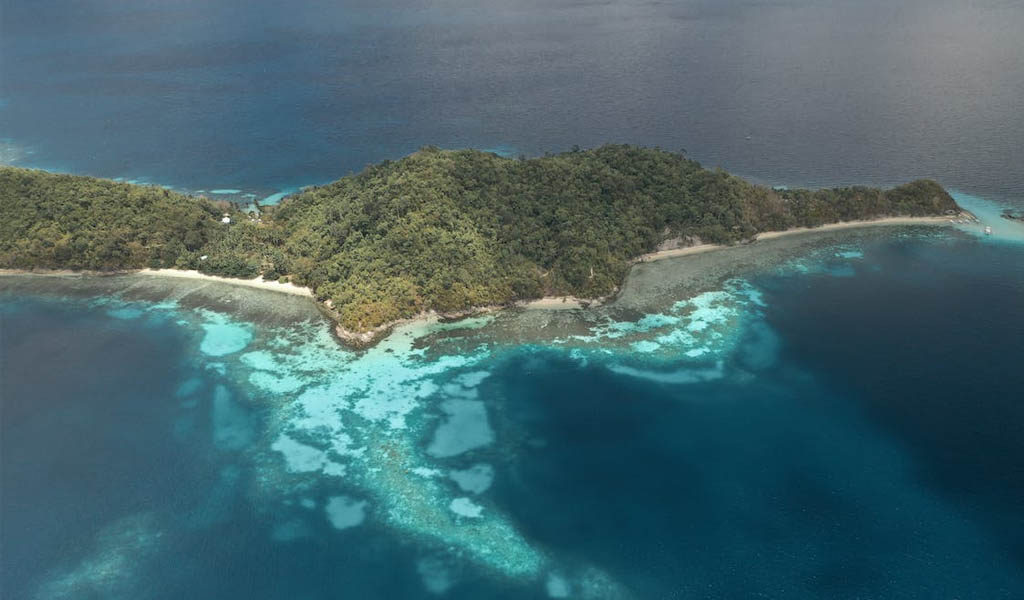Welcome to Paradise – Unveiling the UNESCO Heritage Sites in the Philippines
The Philippines, an archipelago of over 7,000 islands, isn’t just famous for its pristine beaches and hospitable people. It’s also home to some of the most remarkable UNESCO World Heritage Sites in the world. These sites are not just tourist destinations but are treasured spots that hold the cultural and natural heritage of the entire planet. Exploring them offers a glimpse into the Philippines’ rich history, biodiversity, and the enduring spirit of its people. Let’s embark on a journey to discover these wonders, each telling a story that contributes to our global heritage.
1. The Historic City of Vigan

The Historic City of Vigan, located on the western coast of the large island of Luzon in the Philippines, is one of the few remaining colonial towns in the country that has preserved much of its Castilian town planning and architecture. Reflecting a unique blend of local and foreign architectural styles, Vigan’s heritage village, known as the Mestizo district, features cobblestone streets and a fusion of Philippine, Oriental, and colonial European designs.
Established in the 16th century as a trading post, Vigan developed into an important center for agricultural and trade activities in the North, largely due to the cultivation of tobacco. Its significance in Philippine history and the remarkable preservation of its original layout and architecture led to its designation as a UNESCO World Heritage Site in 1999, highlighting its importance as a cultural treasure.
2. Rice Terraces of the Philippine Cordilleras

The Rice Terraces of the Philippine Cordilleras, often referred to as the “Eighth Wonder of the World,” are a testament to the ancient and sophisticated engineering skills of the Ifugao people. For over 2,000 years, these terraces have been carved into the mountains of Ifugao in the Philippines, allowing for the cultivation of rice on steep terrains. The terraces follow the natural contours of the mountains and are supported by complex irrigation systems and carefully engineered walls made from stones and mud—a demonstration of an ancient harmony between humans and their environment.
This outstanding cultural landscape is not only an example of a sustainable farming system but also represents the spiritual and cultural traditions of the Ifugao people. The importance of this unique agricultural marvel was recognized by UNESCO in 1995, when several of the terrace clusters were inscribed as World Heritage Sites, ensuring their protection and preservation for future generations.
3. Tubbataha Reefs Natural Park
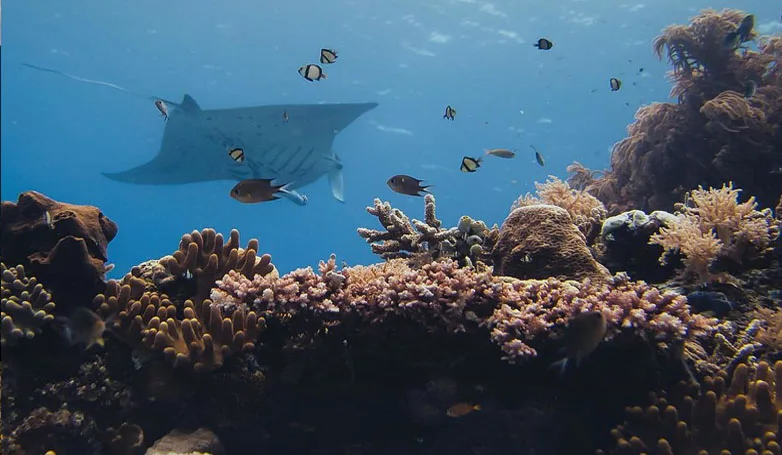
Tubbataha Reefs Natural Park, located in the Sulu Sea in the central Philippines, is a marine sanctuary acclaimed for its extraordinary biodiversity and vibrant underwater ecosystem. This UNESCO World Heritage Site, inscribed in 1993, encompasses two atolls and the surrounding open water. The park is a haven for over 600 fish species, 360 coral species, which is about half of all coral species in the world, as well as numerous sharks, dolphins, whales, and nesting sea turtles.
The Reefs’ isolated location has protected it from the majority of human impacts, allowing nature to thrive in a largely untouched state. Diving expeditions reveal the park’s breathtaking drop-offs, coral walls, and extensive lagoons, making it a prime spot for experiencing the incredible biodiversity of the marine world. Its conservation efforts ensure the protection of this underwater paradise, crucial for scientific research, and biodiversity, and as a barometer for the health of the planet’s oceans.
4. Puerto-Princesa Subterranean River National Park

Puerto-Princesa Subterranean River National Park is recognized as one of the New 7 Wonders of Nature and is a UNESCO World Heritage Site, located on the island of Palawan in the Philippines. This park is celebrated for its stunning limestone karst landscape and its underground river, considered to be one of the longest navigable underground rivers in the world.
Extending over 8.2 kilometers, the river winds through a spectacular cave before flowing directly into the South China Sea. Within this subterranean river system, chambers as high as 120 meters, significant geological formations, and several large caverns reveal millions of years of geological history. The national park is also a biodiversity hotspot, hosting a varied ecosystem with numerous species, some of which are endemic to the island of Palawan.
5. Churches of San Agustin and the Baroque Churches of the Philippines
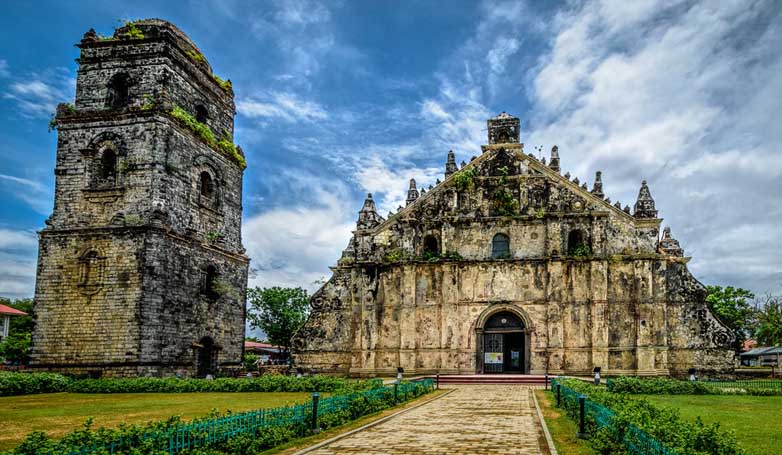
The Churches of San Agustin and the Baroque Churches of the Philippines reflect the fusion of European church design and construction with local materials and decorative techniques, resulting in a distinctive architectural style known as Earthquake Baroque. Among these, the San Agustin Church in Manila, built between 1587 and 1606, is the oldest stone church in the Philippines and has survived numerous earthquakes and wars.
Its impressive Baroque architecture, detailed stone carvings, and trompe-l’œil murals are significant contributions to the cultural heritage of the Philippines. Alongside San Agustin, three other churches—Paoay Church in Ilocos Norte, Santa Maria Church in Ilocos Sur, and Miag-ao Church in Iloilo—were collectively designated as UNESCO World Heritage Sites in 1993.
These structures are not only places of worship but also serve as symbols of the Filipino people’s endurance and faith, beautifully encapsulating the integration of Filipino craftsmanship and cultural identity within the realm of colonial Spanish architecture.
A Journey’s End – Reflecting on the Philippines’ Legacy
Exploring the UNESCO Heritage Sites of the Philippines allows us to appreciate not just the beauty and diversity of this country but also the universality of our shared human heritage. It’s a reminder of how culture, history, and nature intersect, creating landscapes and traditions that transcend borders. The Philippines’ UNESCO sites are a call to preserve these treasures for future generations, reminding us of our responsibility towards our shared past and future. Whether you’re a history buff, nature lover, or simply an avid traveler, visiting these sites is a way to connect with the heart and soul of the Philippines – and, by extension, the world. Pack your bags, and let the adventure begin!

